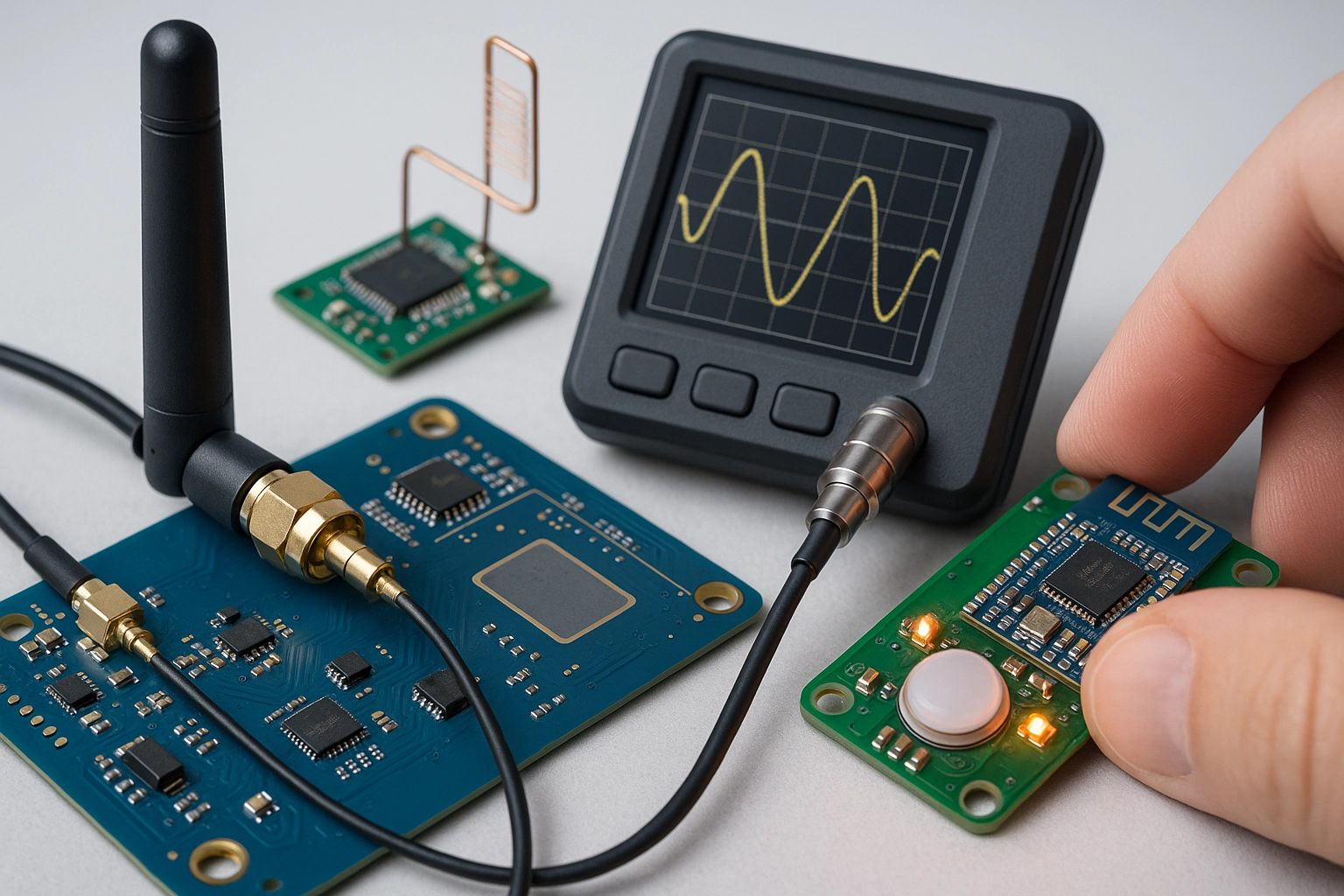EN 301 893 5 GHz Wi-Fi Vehicle Wireless Test
The ETSI standard EN 301 893 defines the requirements for testing wireless communication devices used in vehicles. Specifically, it addresses the performance of systems operating in the 5 GHz band within a vehicular environment. This service ensures that devices meet regulatory and safety standards, enabling seamless integration into the automotive ecosystem.
The test focuses on evaluating the robustness of Wi-Fi connectivity under various conditions encountered during vehicle operation. These include but are not limited to high-speed driving scenarios, urban environments with dense infrastructure, tunnels, and parking lots. The goal is to ensure that the device performs reliably across all possible vehicular settings while adhering to stringent international standards.
Testing involves a comprehensive set of procedures designed to simulate real-world conditions experienced by connected devices in automobiles. Key parameters include signal strength, latency, throughput, interference levels, and error rates. Compliance with these metrics is crucial for maintaining high-quality connectivity essential for advanced driver assistance systems (ADAS), infotainment platforms, and telematics services.
The methodology employed aligns closely with the prescribed procedures outlined in EN 301 893, ensuring accurate and reproducible results. A controlled test environment replicates typical vehicle dynamics using specialized equipment capable of generating realistic scenarios. This allows for precise measurement and analysis of how well the device functions under specified conditions.
Preparation prior to testing includes thorough examination of the product’s specifications and design details relevant to wireless connectivity features. Engineers ensure that all necessary components are present and correctly configured according to manufacturer guidelines before initiating any tests. During execution, continuous monitoring ensures adherence to predefined criteria throughout each phase of testing.
The outcome provides detailed reports documenting performance metrics alongside visualizations illustrating key findings from various test runs. These insights assist stakeholders in making informed decisions regarding product improvements or regulatory compliance strategies. By adhering strictly to EN 301 893, organizations demonstrate their commitment to delivering reliable solutions that meet global expectations for connected vehicles.
Scope and Methodology
This service covers the full scope of testing required by EN 301 893 for wireless communication devices intended for use in automobiles operating within the 5 GHz frequency band. The primary focus is on assessing the device's ability to maintain stable connections despite challenging vehicular environments.
- Signal Strength: Measurement and analysis of signal strength levels across different driving conditions to ensure consistent performance.
- Latency: Evaluation of response times between connected devices under various scenarios to verify low-latency operation.
- Throughput: Assessment of data transfer rates ensuring sufficient bandwidth for applications like streaming media or large file transfers.
- Interference Levels: Identification and quantification of interference sources affecting wireless communication signals within the vehicle.
- Error Rates: Calculation and reporting of error occurrences during transmission to gauge overall reliability.
The methodology adheres strictly to EN 301 893, incorporating advanced instrumentation capable of simulating diverse vehicular environments. This ensures accurate representation of real-world scenarios encountered by connected devices inside moving vehicles.
Why Choose This Test
- Regulatory Compliance: Ensures adherence to international standards, facilitating easier market access and regulatory approval.
- Enhanced Reliability: Identifies potential issues early in the development process, leading to more robust products.
- Predictable Performance: Provides consistent results across multiple test runs, enhancing confidence in product quality.
- Informed Decisions: Equips stakeholders with valuable data for strategic planning and improvement initiatives.
By choosing this service, organizations can confidently demonstrate their commitment to delivering reliable solutions that meet global expectations for connected vehicles. This not only enhances brand reputation but also fosters customer trust, driving long-term success in the automotive industry.
Competitive Advantage and Market Impact
The EN 301 893 compliance test offers several advantages that can significantly impact a company's competitive position. Compliance with this standard demonstrates a strong commitment to quality, safety, and reliability, which are critical factors in the automotive sector.
- Market Differentiation: By meeting these stringent requirements first, companies can differentiate themselves from competitors offering less rigorous solutions.
- Increased Confidence: Demonstrating compliance builds trust with regulatory bodies and consumers alike.
- Competitive Edge: Early adoption of best practices ensures a head start in the competitive market environment.
In addition, compliance fosters innovation by encouraging continuous improvement in product design and functionality. This can lead to new features and capabilities that further enhance user experience and satisfaction. Ultimately, successful implementation of this test contributes positively towards sustainable growth within the automotive industry.





